Khambhati Daabda – Stuffed Potato Fritters are indigenous to the region of Khambhat. They are a popular street food and can be easily made at home. If you have all the ingredients handy it does not take for than 30 minutes to dish out some piping hot Daabda with a cup of masala chai. The Dabdaa are also part of the festive menu as much as they are enjoyed during rains.
The joy of bringing you this recipe has doubled cause it is shared by a person who hails from the region this dish originates and is passionate about its heritage, food and culture and takes immense pride in Khambhat. A month back I received series of message from one Sapan Gajjar, appreciating my efforts of scouting Shedki and recreating the dish. It was he who had got this dish included in the wiki page from where I had learnt about the existence of Shedki. We got chatting and he went on to share few more recipes that need to be shared with people outside Khambhat. In spite of living just 95 kilometers away from Khambhat, I am yet to visit this scenic town 😳. I requested Sapan to write about his region to which he agreed. The pictures of Khambhat, recipe of Khambhati Daabda, nuances to getting them right have all been shared by Sapan. I haven’t tasted authentic Khambhati Daabda so far but, have tried recreating them in my kitchen here in Singapore and capturing the spirit of this incredible dish from the recipe and description I received from Sapan.
Sapan Gajjar, is a young architect based in Ahmedabad; who hails from Khambhat. Apart from practice in architecture & design, keeps a deep interest in reading, writing, travelling and exploring new places. Having done Academic thesis in architecture on Architecture of Khambhat, he has been able to draw out lot of information and inferences about the town; architectural, cultural and historical.
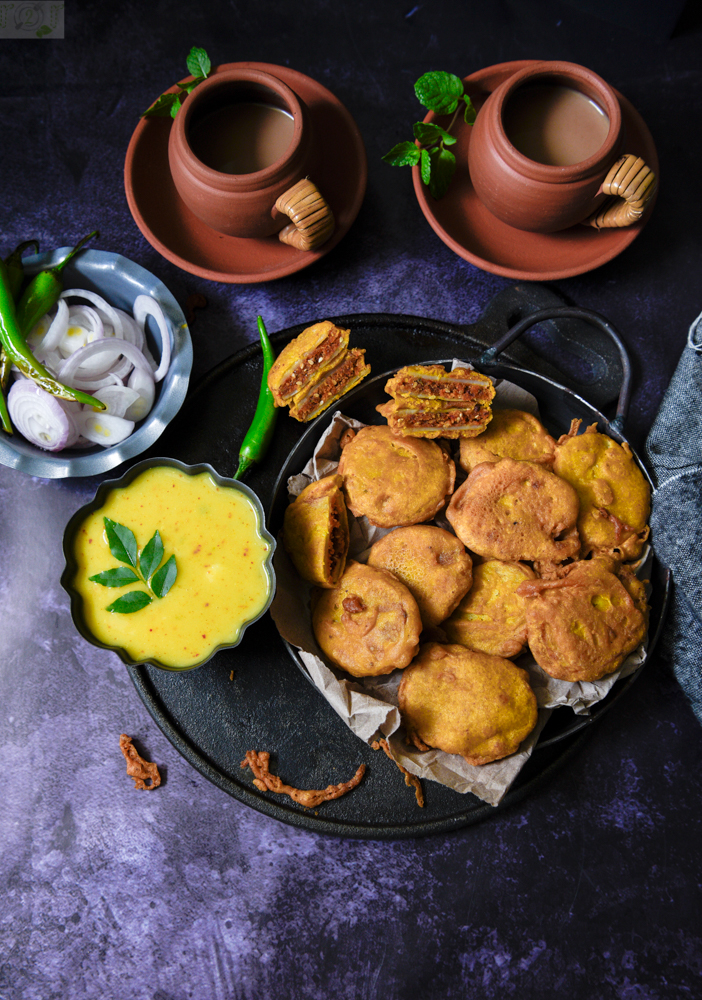
Khambhati Daabda
Ingredients
- 4 large potatoes
- 1 heaped cup Gathiya (read notes)
- 3 tablespoons coconut, desiccated
- 2 tablespoons sesame seeds
- 3 tablespoons red chili powder
- 1 teaspoon turmeric powder
- 2 tablespoons sugar
- 1 teaspoon lemon
- 1 heaped teaspoon garlic, grated
- 2 teaspoons ginger and green chili paste
- 1/4 teaspoon garam masala
- salt to taste
- Oil for deep frying
- For the Kadhi Chutney
- 1 tablespoon besan/chickpea flour
- 1 cup water
- 1/4 teaspoon turmeric powder
- 1/2 teaspoon red chili powder
- 1 teaspoon ginger+garlic paste
- 1/2 teaspoon sugar
- 1/4 teaspoon lemon juice (adjust to balance the taste)
- salt to taste
- Pakora batter of your preference
Instructions
Prepare the pakora batter of your preference.
Wash and peel the potatoes.
Slice them to have medium thick slices.
Soak the slices in water till you prepare the stuffing.
In a processor or grinder, grind to gathiya to a fine powder.
Take a large bowl, add the ground gathiya and all the other ingredients except oil.
Mix well, the gathiya will ooze out oil, that will help you bind the stuffing.
Strain the potato slices and pair the slices equal in size.
Now place a small ball of stuffing on each potato slice and place another slice on it and press it gently.
Arrange them on a plate and continue until you have finished all the filling and potato slices.
Simultaneously, heat the oil for deep frying the Daabda.
Once you have done with stuffing the Daabda, proceed to frying them.
Dip each Daabda in the batter and carefully put it in the hot oil. Place 3-4 Daabda at a time.
Fry until golden brown on each side. Keep the flame to moderate.
Drain on a paper towel.
Serve hot with the Kadhi chutney and a cup of hot masala tea.
To make Kadhi
In a sauce pan mix the besan and water to a smooth lump free mixture.
Add rest of the ingredients and bring it to a boil. Continue to cook till it thickens like a thin sauce.
Remember to stir all the time.
Serve with Daabda.
Notes
The recipe uses gathiya because we need chickpea flour that is slightly roasted, by using gathiya do not need to roast the flour. The Pakora batter is very basic. Chickpea flour, water, chili powder, turmeric powder, a pinch of ajwain, a pinch of hing, salt, mix and soak for 15-20 minutes and before you dunk the daabda or any veggie add a teaspoon of hot oil that has heated for deep frying. Give it a quick stir. Try to keep the slices equal in thickness so they cook well. The thickness has to be moderate not to thin or not too thick.

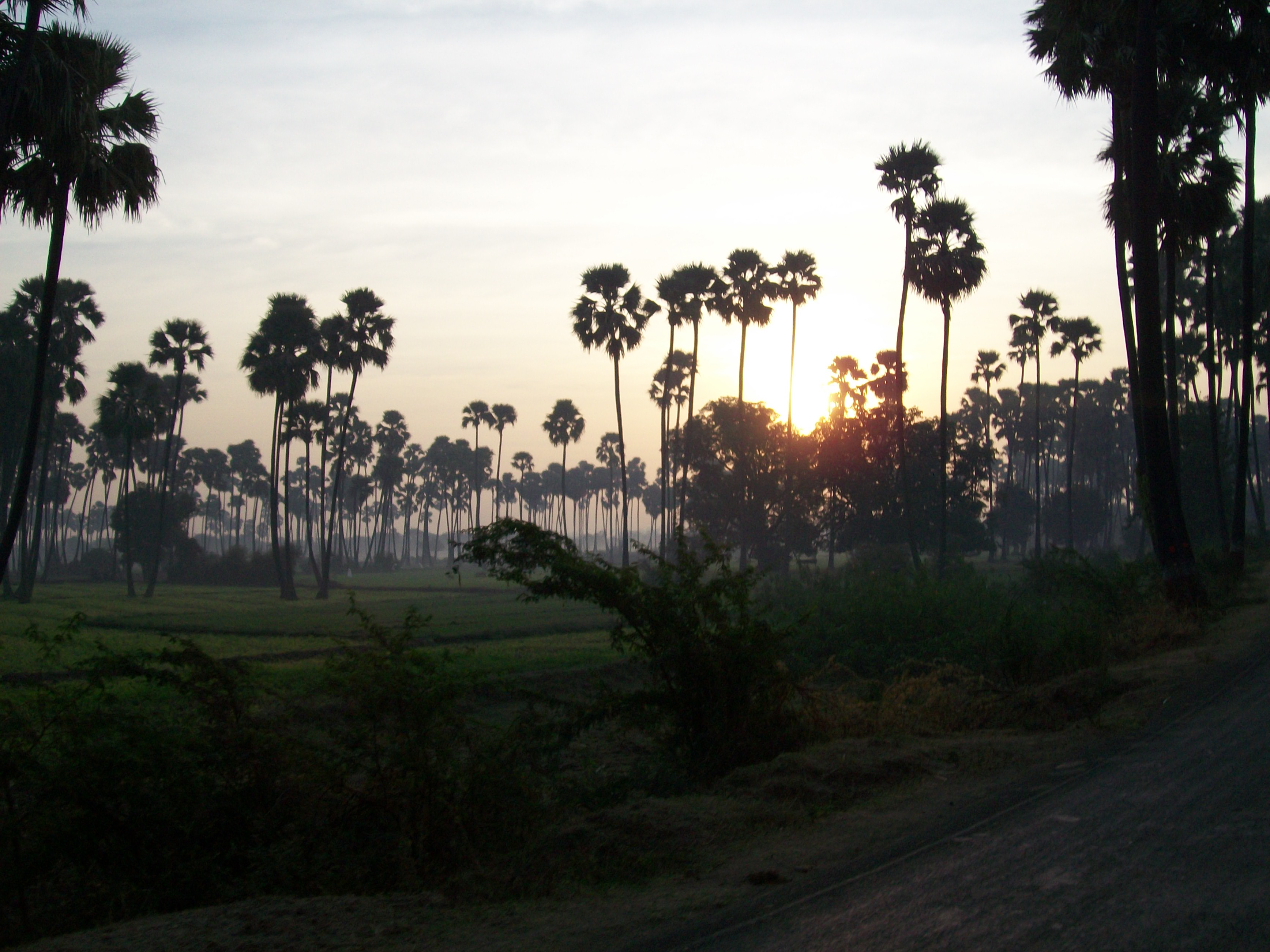
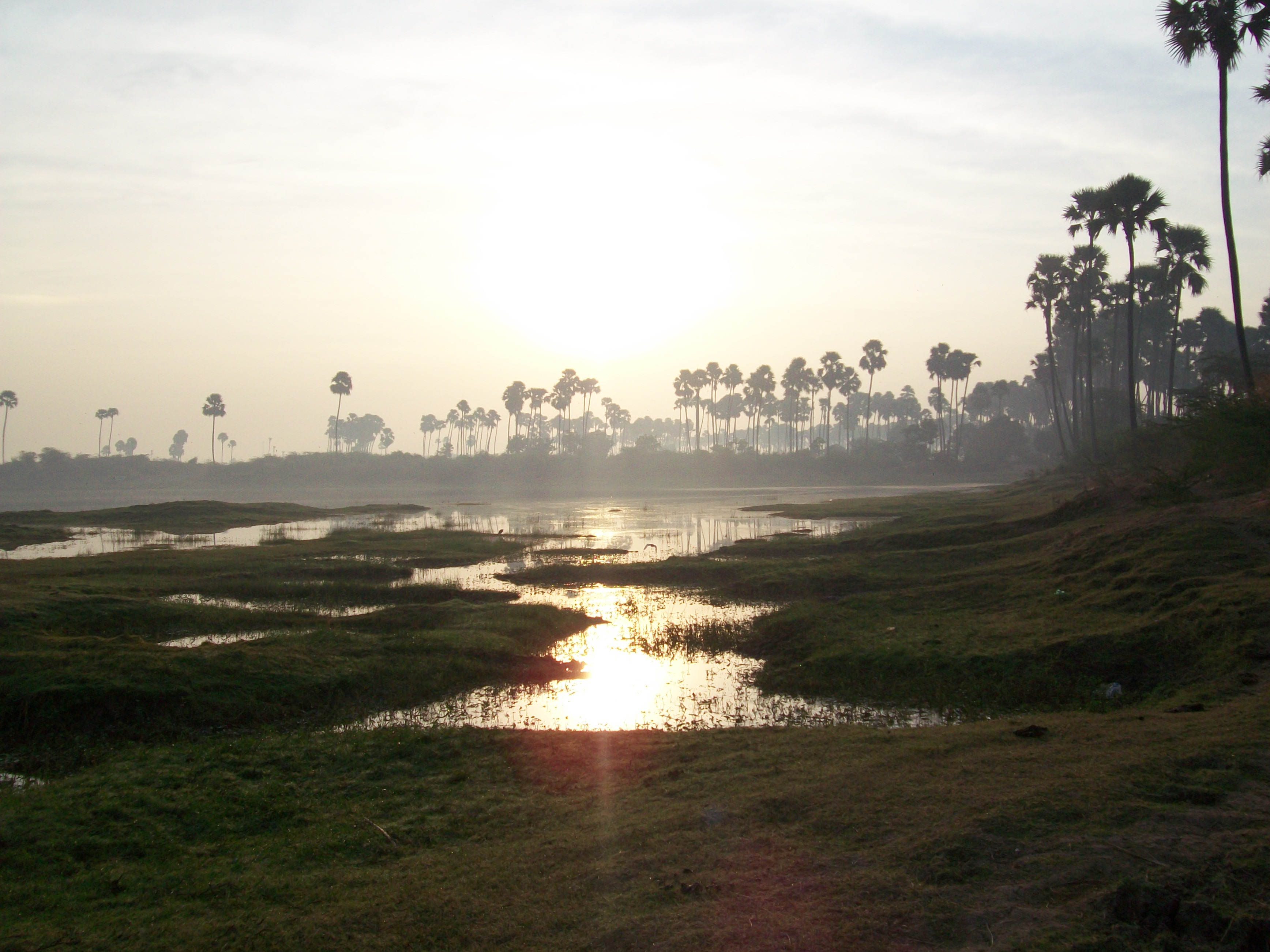
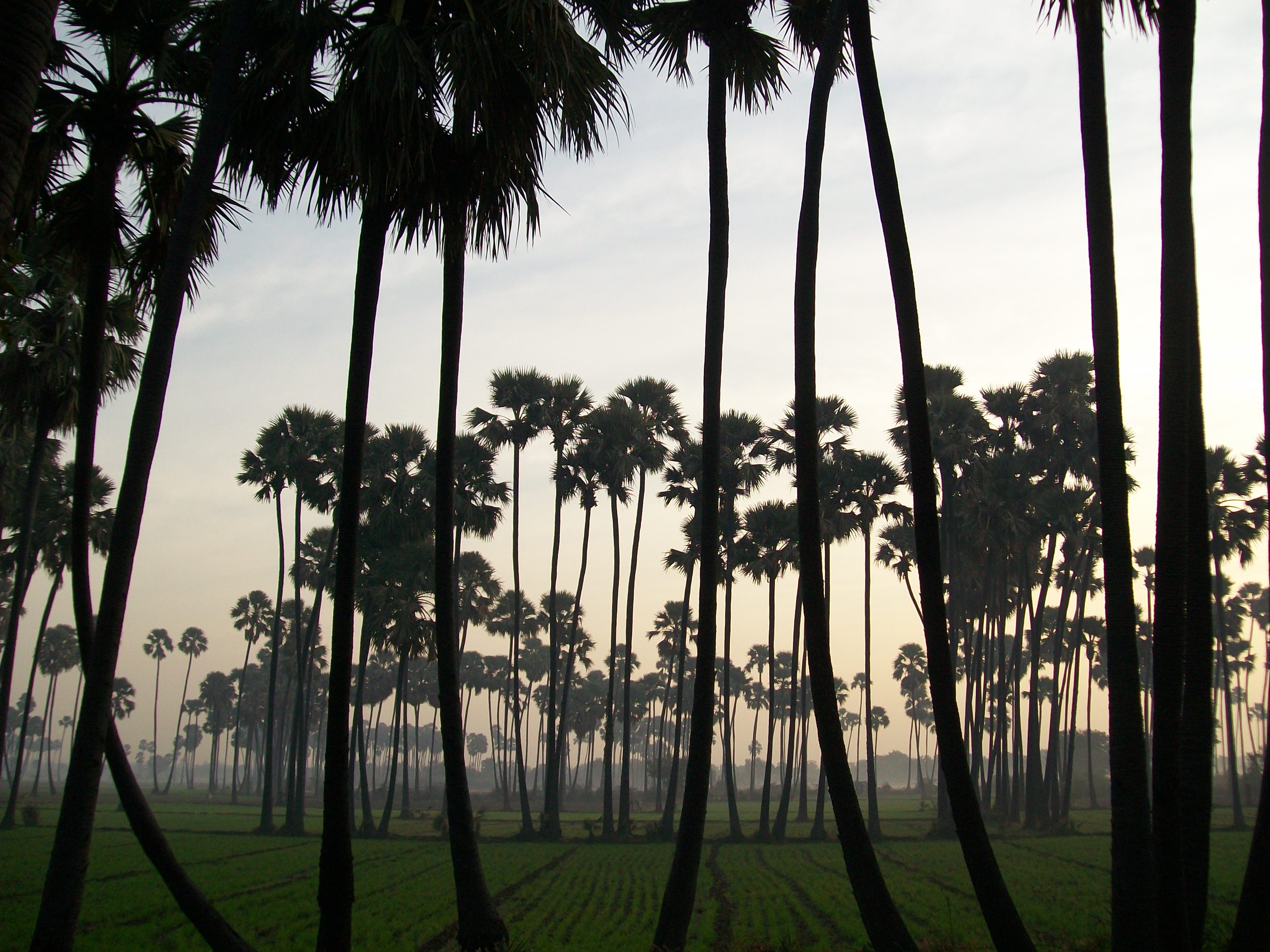
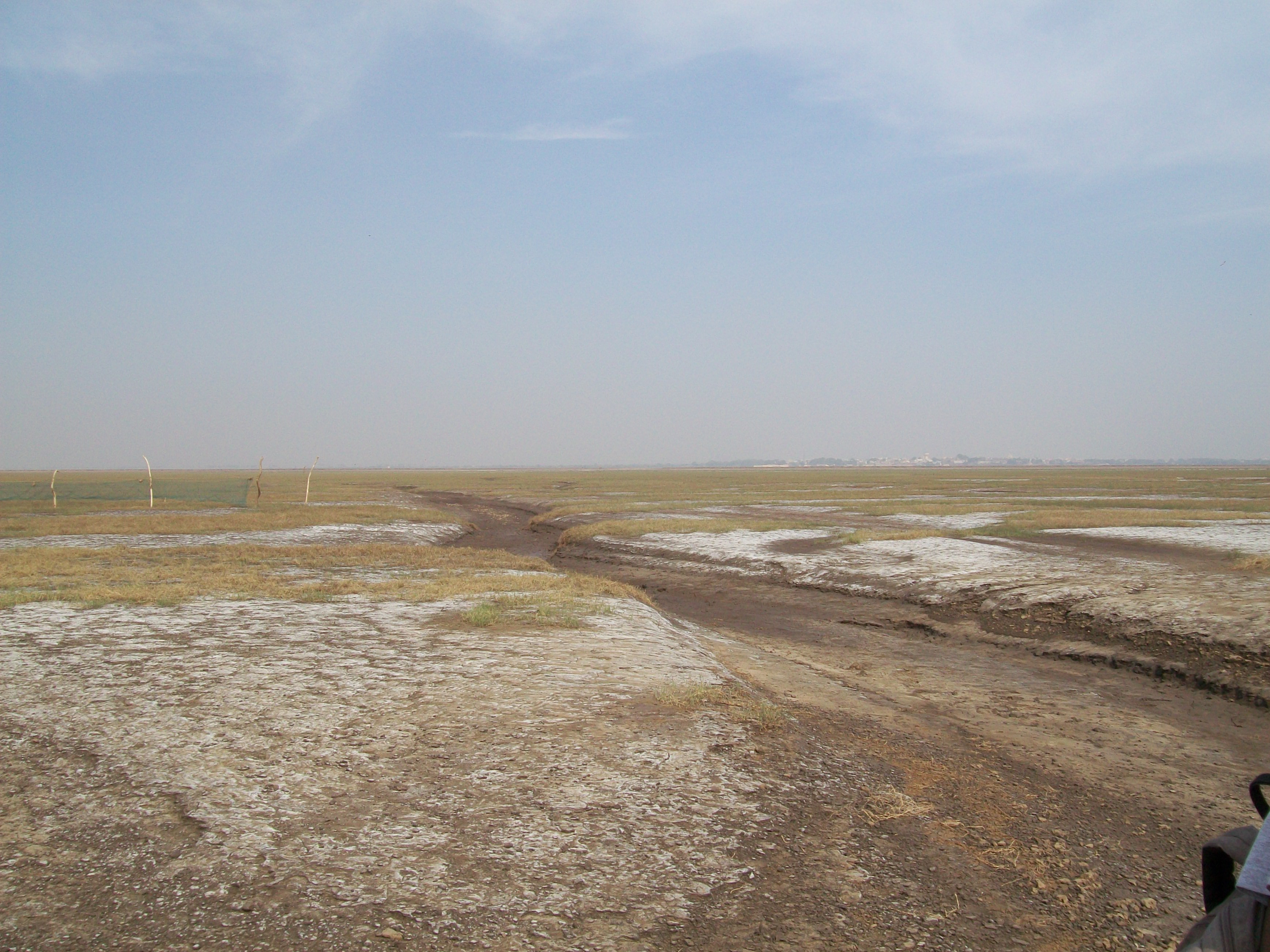

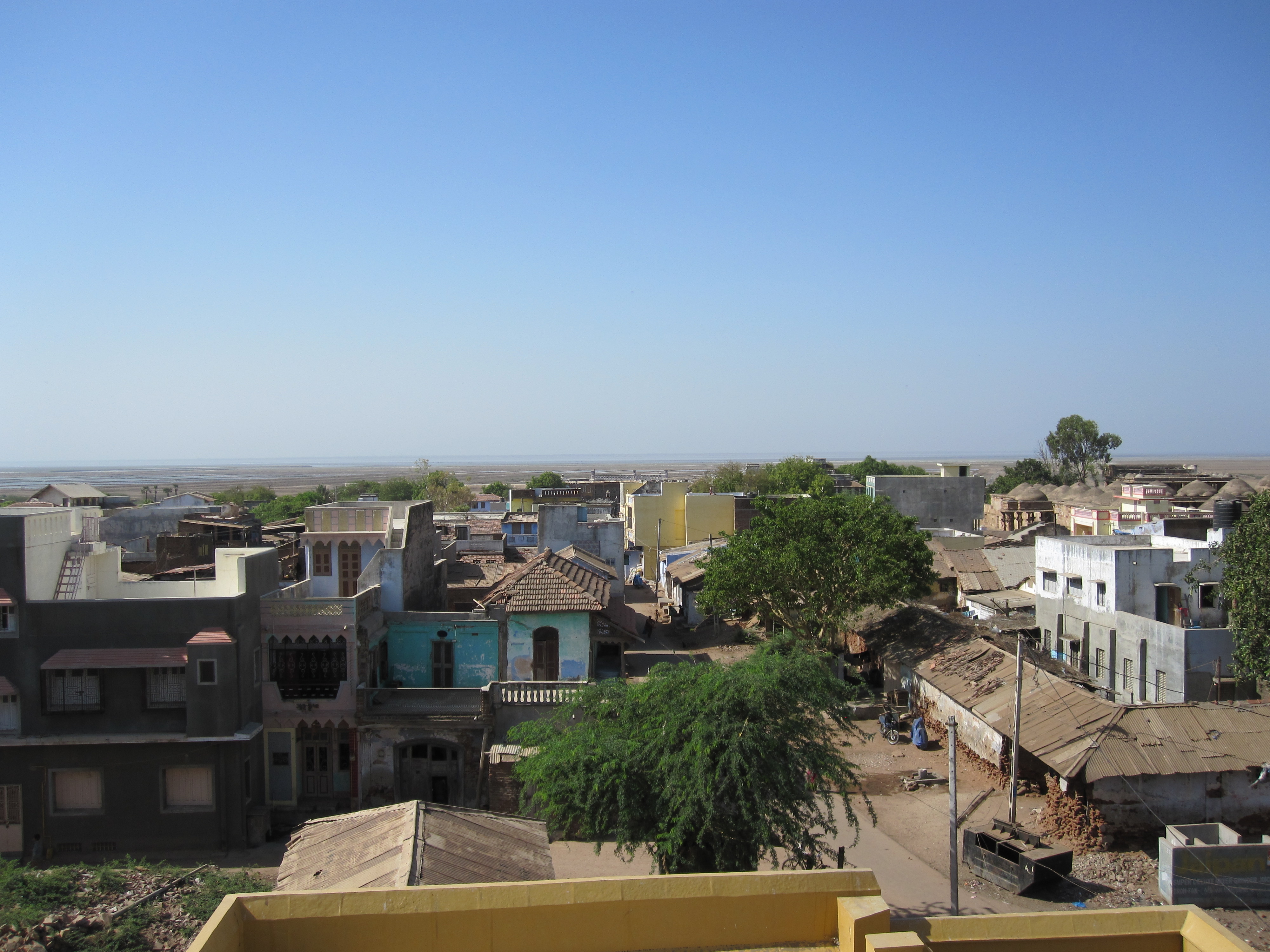

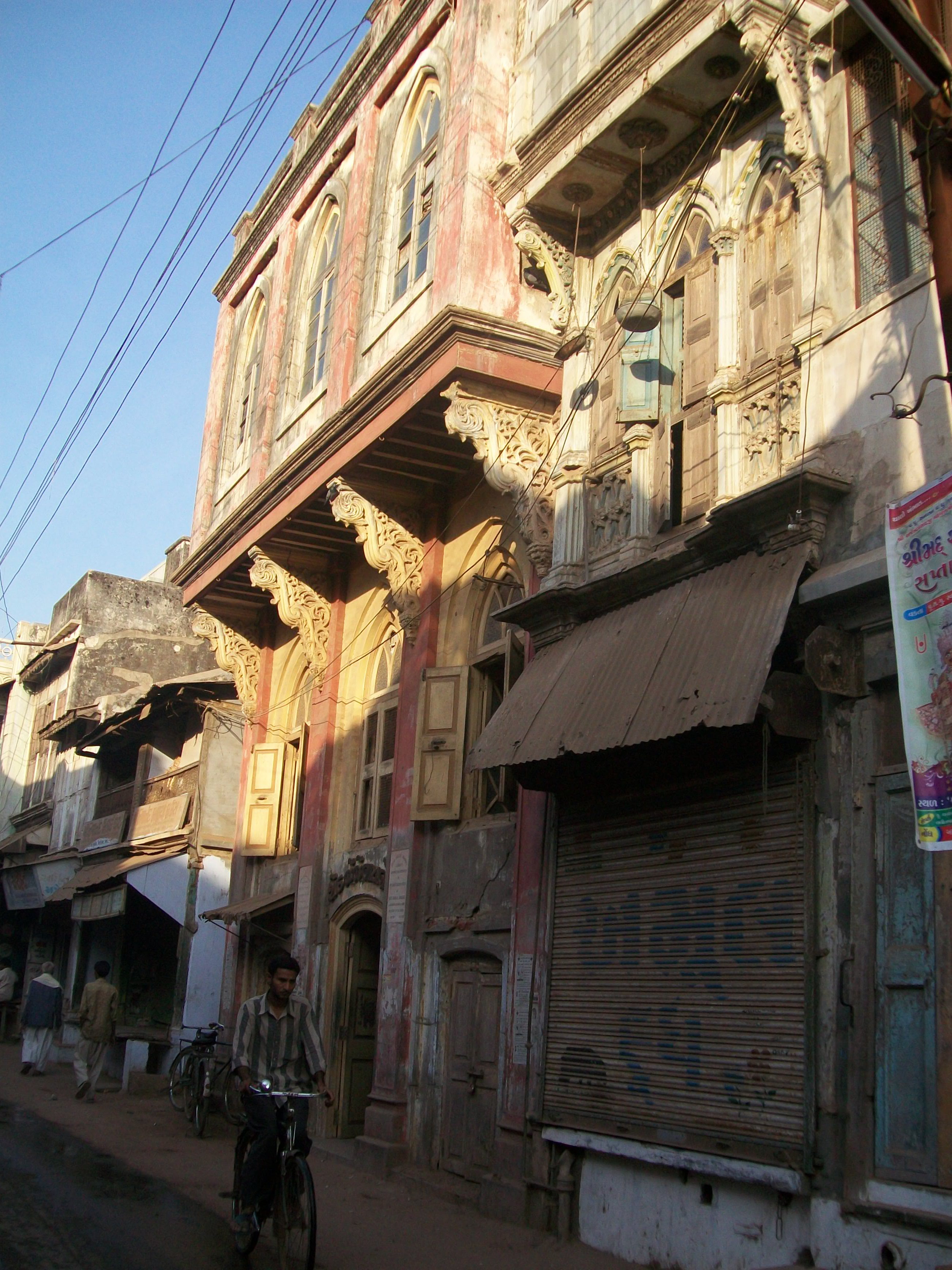
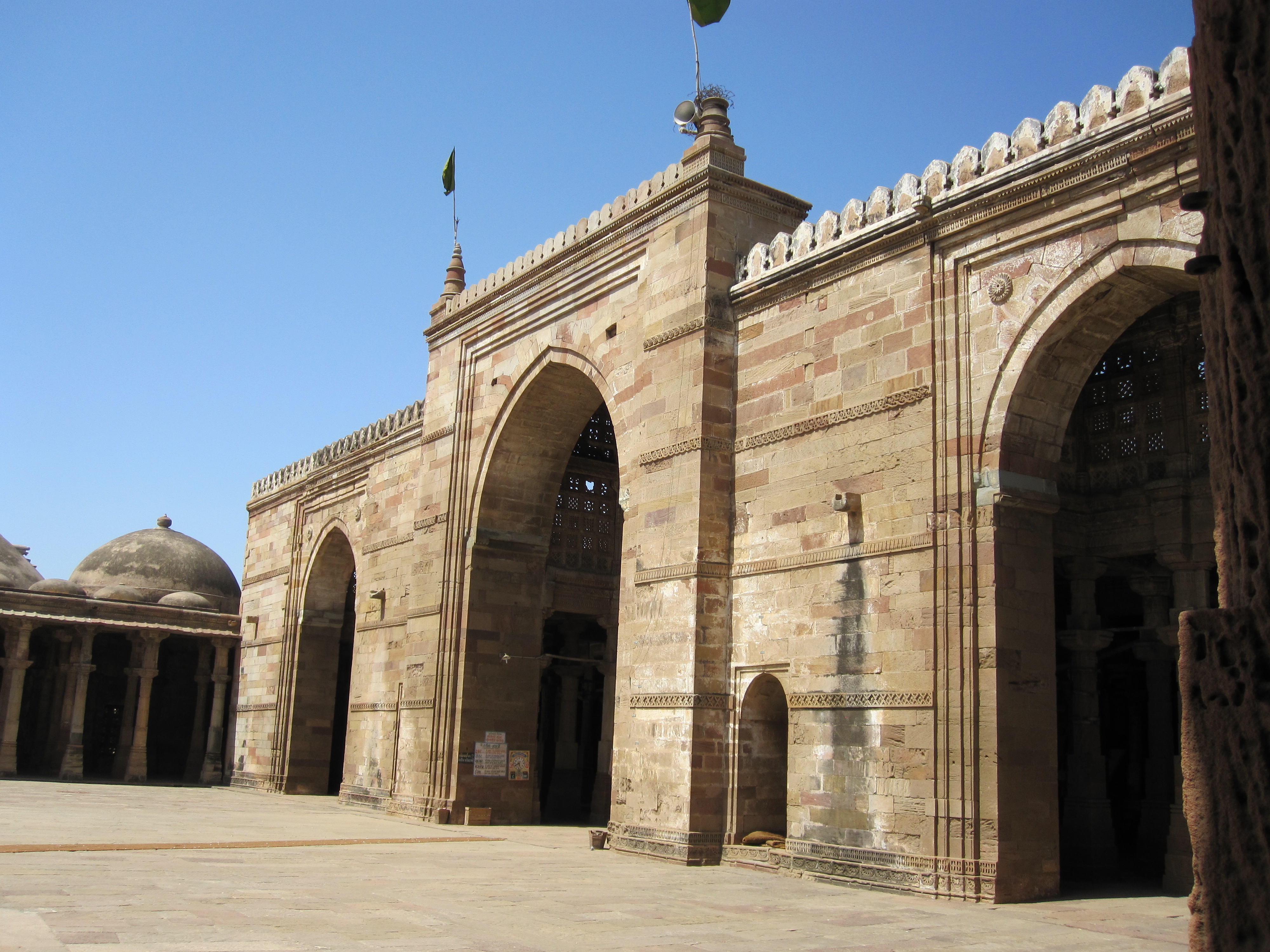
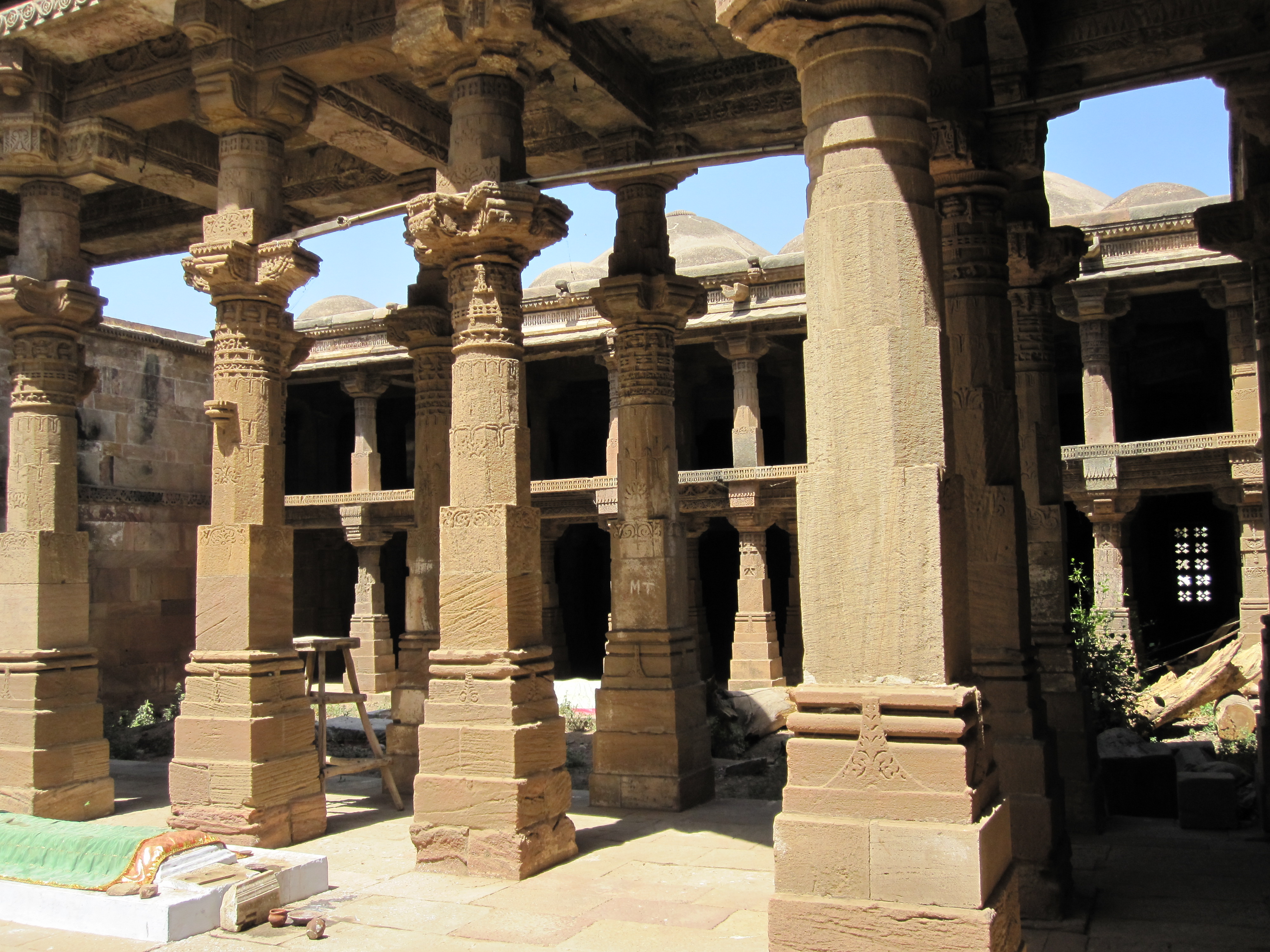
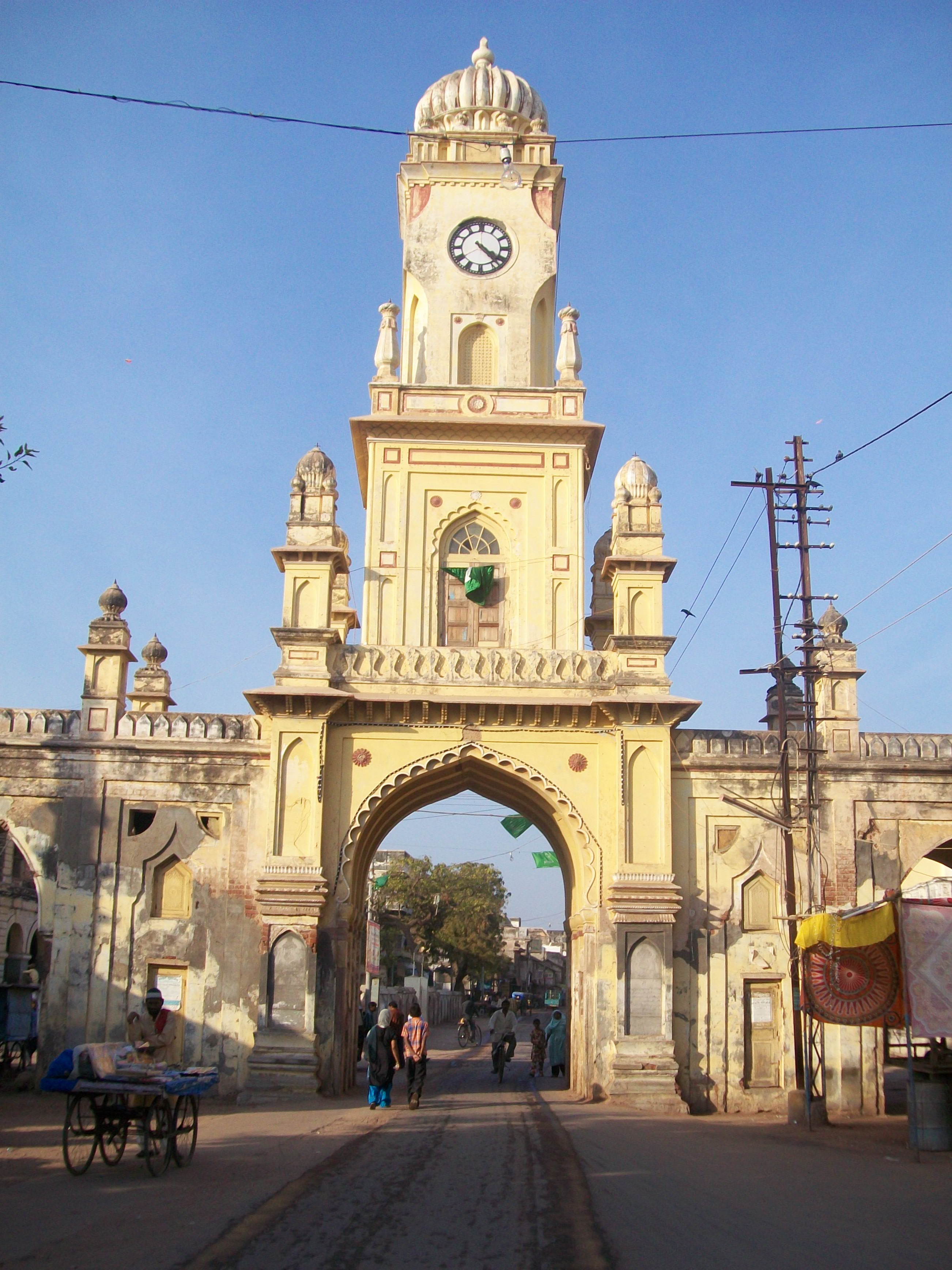
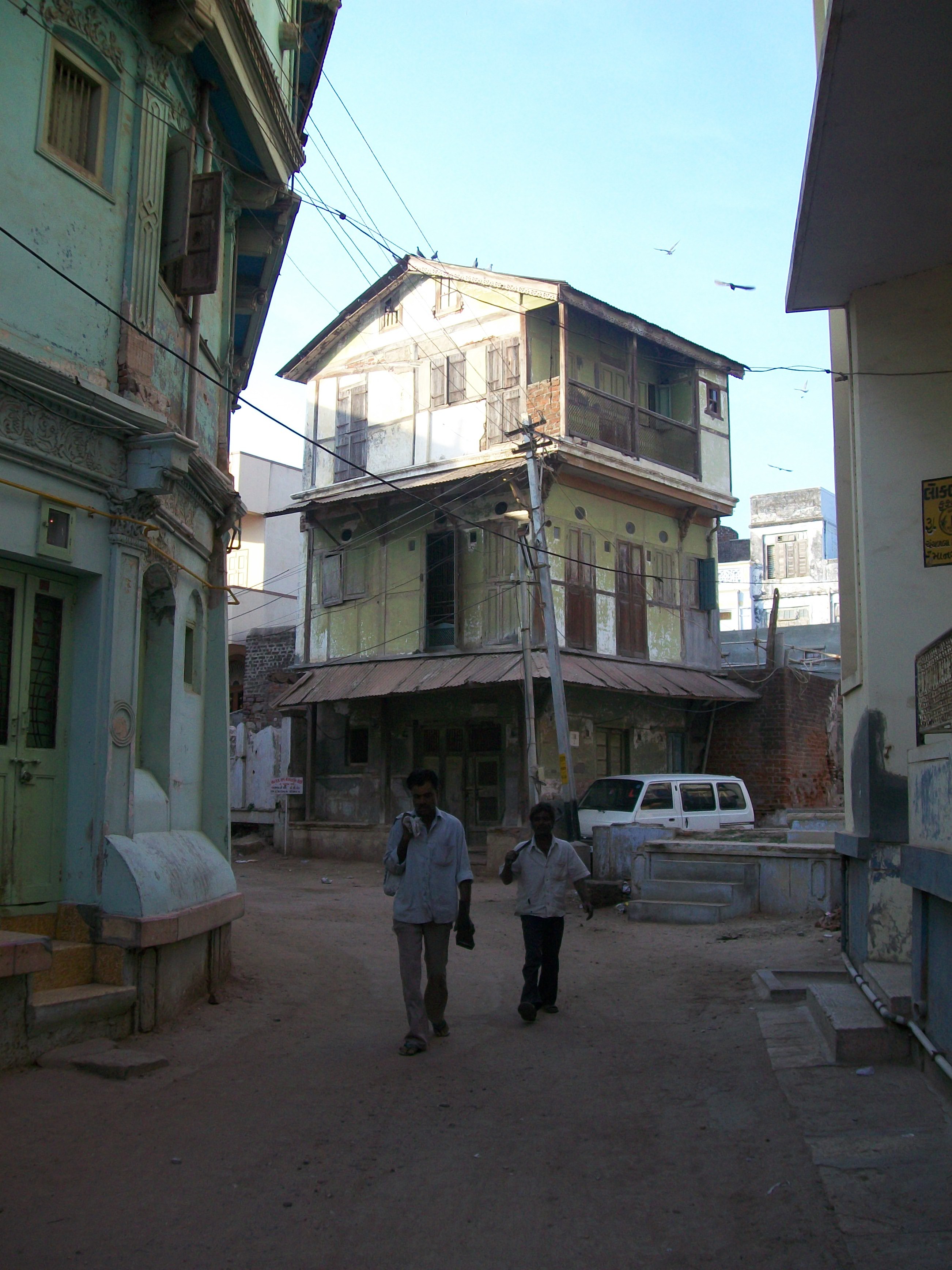
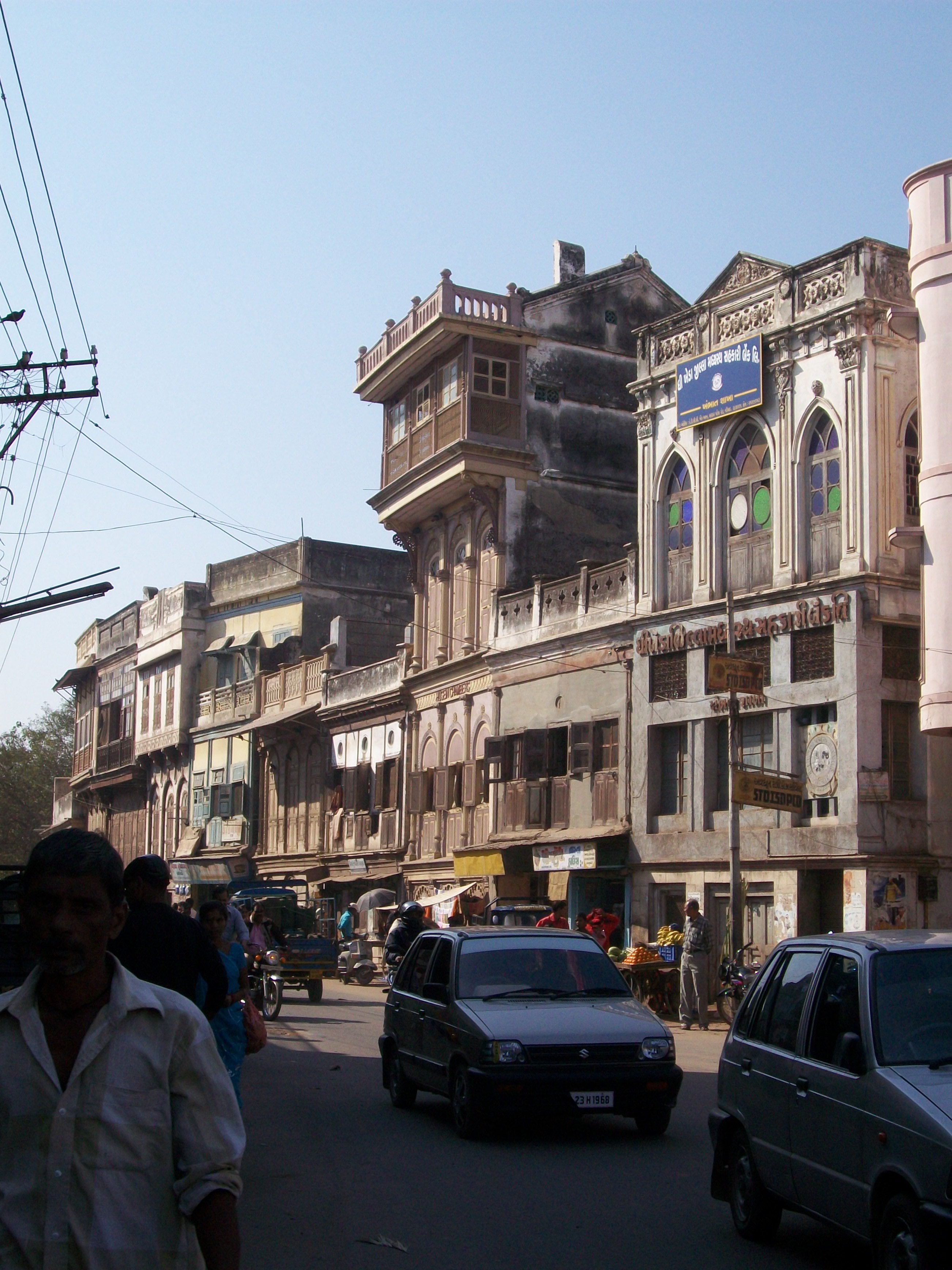
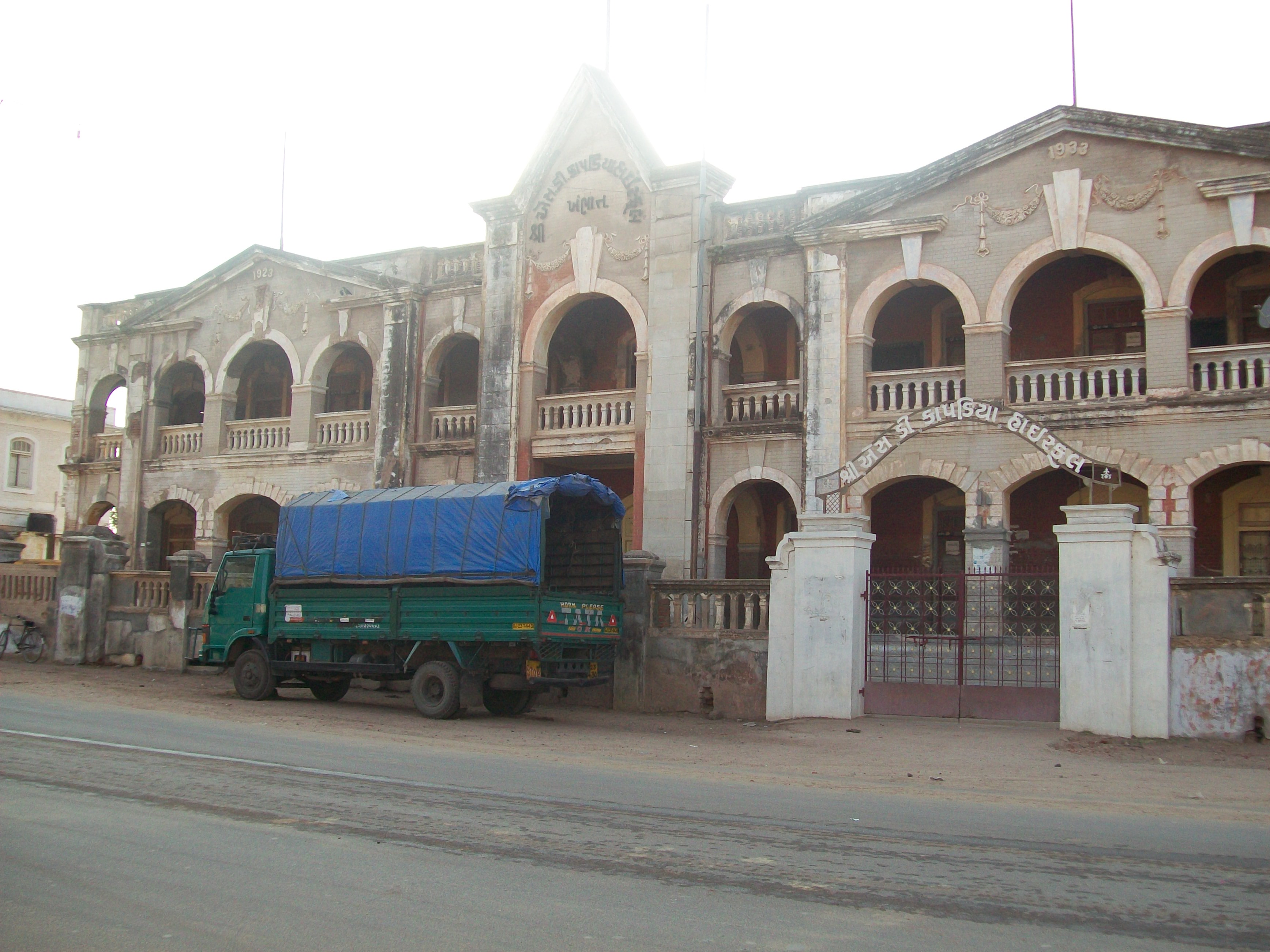
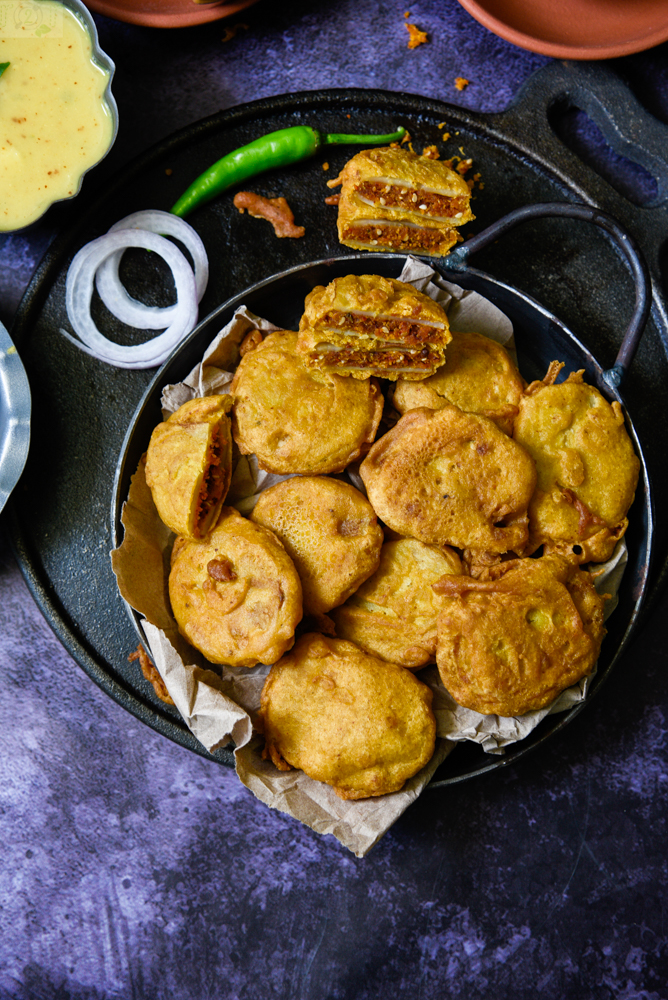
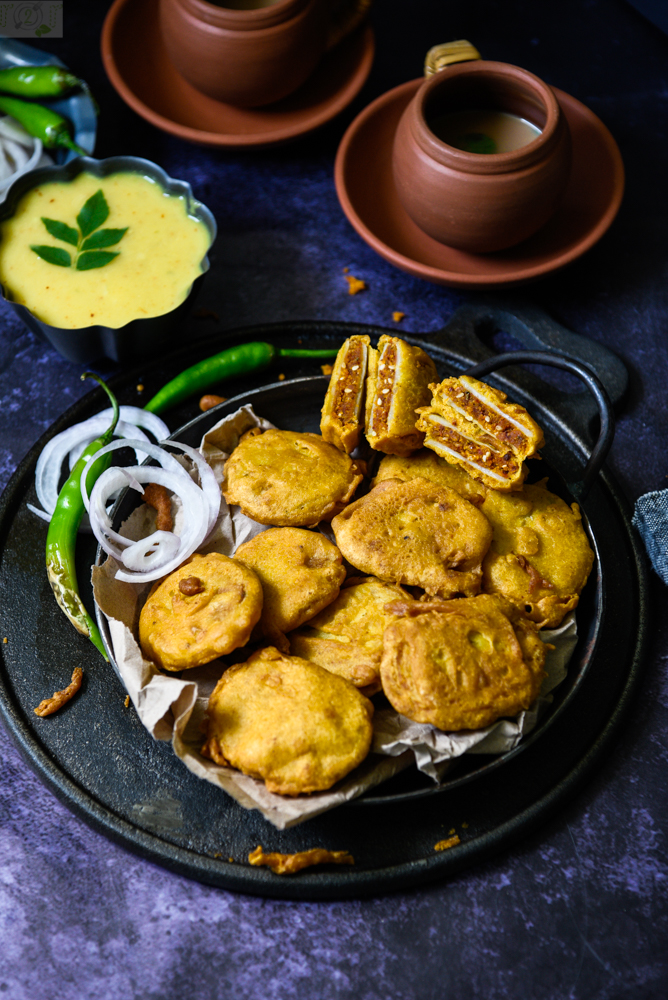

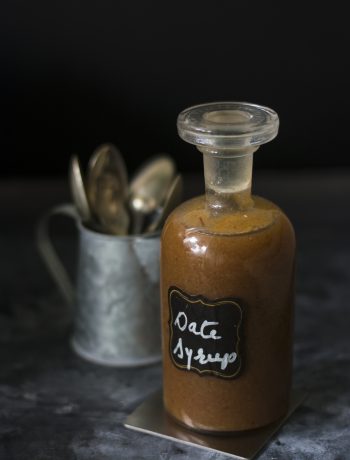
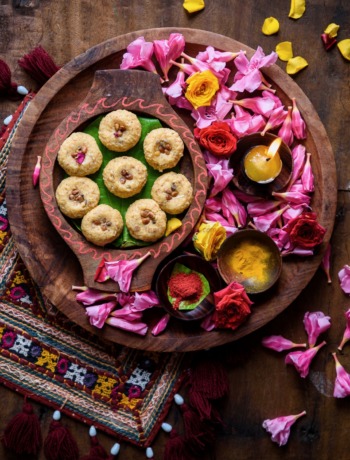
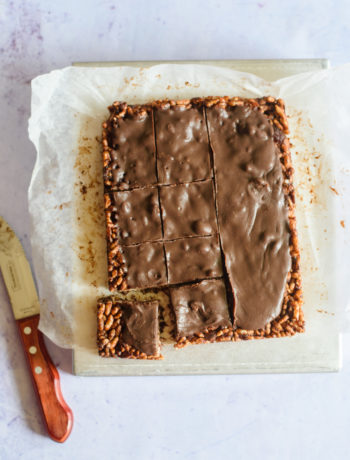
No Comments